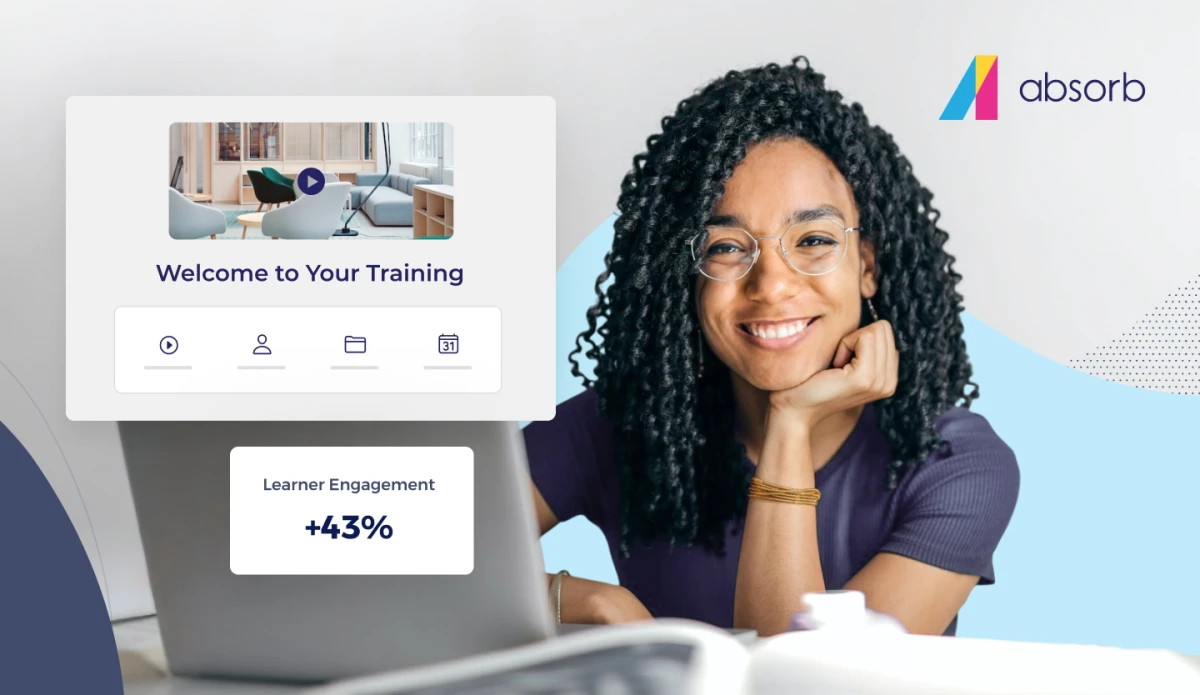When making any significant purchase it's normal to go through a thoughtful consideration of your options. For example, there's more to choosing the bicycle that's right for you than having two wheels that spin. To begin with, the cost of purchasing a bicycle can range from a few dollars for a second-hand “beater” to tens of thousands of dollars for a beauty such as this one:
Regardless of your budget, you’d likely make a decision regarding what bicycle to buy by first visiting bike shops to see what style may best fit your needs:- Do you dream of standing on the winner’s podium after the final stage of the Tour de France? Then an ultra-light carbon-fiber road bike may be right for you.
- Do you have a strong desire to look like a hipster bike messenger? Consider a fixed-gear track bike without brakes.
- Are you lazy and exercise-averse but want to boast that you rode two hours last weekend? Then a bike with an electric motor may be a good choice.
- Are you three years old? Then a tiny pedal-less balance bike sounds like a good idea.
Once you’ve narrowed down the type of bike you want, you’d likely start shopping, compare a few models by reading up on their specifications and cost, and perhaps taking them for a short spin. You would finally buy the bike that seems to be a good match for what you need.
This selection methodology is how people buy most of their stuff: vacuum cleaners, skis, automobiles, etc. When buying a home, people typically throw a home inspection into the process to ensure they aren’t getting a place infested with scorpions or whatever.
Buying LMS Software for Your Team
Most organizations acquire software such as a learning management system this way as well:
- Identify requirements
- Compare existing products
- Take them for a spin by trying out the software
- Purchase
A small percentage of organizations, though, choose a different selection approach; they issue a Request for Proposal (RFP).
A Good RFP
The best RFPs consist of a list of required features, typically in a spreadsheet, and an easy way for the vendor to mark `Yes’ or ‘No’ next to each requirement to identify which features are present or absent in their product. Software vendors love these good RFPs because they don’t take long to complete. The organization shopping for the software benefits from putting together a good RFP because nearly all vendors invited to participate will submit a proposal. Also, these RFPs make it really easy to compare systems by compiling the `Yes' and 'No' columns into a score. "Product A scored an 86 per cent match to our requirements. Let's look at this system in more detail."
A Bad RFP
The worst RFPs consist of a large list of open-ended questions, many of which aren’t relevant to the selection process. Vendors hate these and will often decline to participate because of the time and effort involved. The organization issuing the RFP will suffer since very few software vendors will submit proposals. Those vendors that do submit a proposal in response to a bad RFP are likely those companies who have a sales team with a lot of free time on their hands. (I’ll let you decide what that might mean.)
Here are some of the questions a bad RFP would include if it were used to purchase a bicycle:
- Provide an organizational chart of the bike manufacturer
- Provide a breakdown of sales of each bicycle model by region (ie. North America, Europe, Asia, etc.)
- List the country of origin of all components
- Provide the name and curriculum vitae of the mechanic who assembled the bicycle.
- Etc.
It’s easy to add questions like these to an RFP. Regrettable, these questions will not help you select a great system. Rather, a bad RFP containing questions such as these will simply reduce the number of potential candidates that will participate in your selection process.
We’ve written some tips about how to structure RFPs/RFIs to maximize vendor participation and quickly identify the best system for you:
- Why Your RFP May Not Get You the Best Learning Management System
- The One Simple Tool You Can Use to Help Select the Right Learning Management System
- You CAN always get what you need: Tips for writing a great LMS RFI/RFP
- The Worst Type of Question to Ask in Your Learning Management System Request for Proposal (RFP)
Is your LMS RFP ready? We'd love to hear from you.





